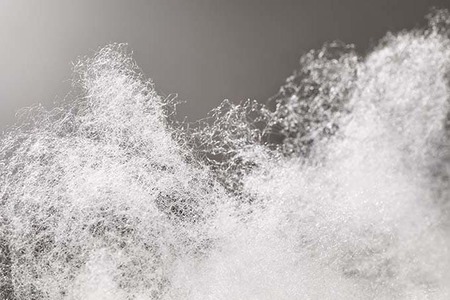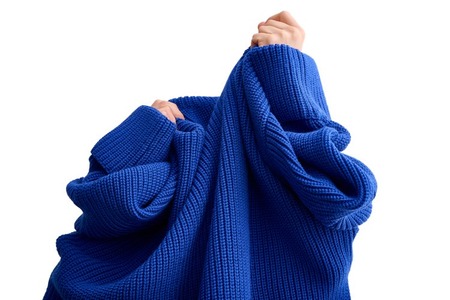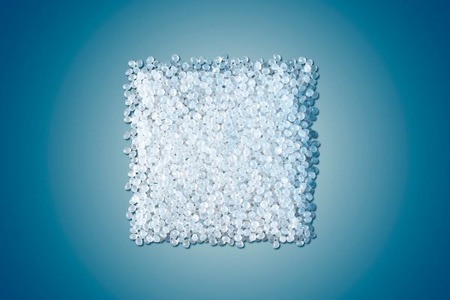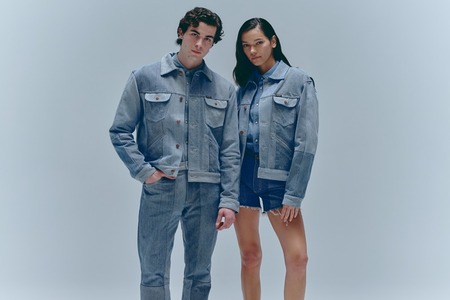
GAP to go with 100% sustainable cotton sourcing
YarnsandFibers News Bureau 2019-06-12 14:10:00 – United StatesGap brands are committed to sourcing 100% sustainable cotton within the next six years, the apparel group announced in a press release. The flagship Gap brand committed to 100% sustainable cotton by 2021, Old Navy by 2022 and Banana Republic by 2023.
Gap's standard for what is sustainable includes cotton grown by methods approved by the Better Cotton Initiative, organic, recycled and verified American and Australian-grown cotton.
Last month, CEO Art Peck announced Old Navy, Gap and Banana Republic are launching denim with 5% post-consumer mechanically-recycled cotton content, according to the release.
Dive Insight:
Cotton makes up a significant portion of Gap Inc.'s fiber sourcing, since the material, together with polyester, nylon and man-made cellulosics make up 95% of the group's product.
"Historically, fiber traceability has been a challenge, as fabric sourcing is done separately from supplier selection, so we have improved our internal reporting systems to provide detailed data on our fiber consumption and volumes and to meet our goals," reads a portion of the group's sustainability website.
Keith White, Gap Inc.'s executive vice president of global sustainability, mentioned reducing water use, since cotton is a water-intensive crop, and limiting the contribution of cotton production to climate change as main motivators for the shift in cotton sourcing, according to the release.
In this focus on cotton, Gap joins H&M, which, in April, pledged to meet similar sustainable cotton sourcing goals by 2020. And according to the Better Cotton Initiative's (BCI) annual report, released Thursday, the fashion supply chain as a whole is catching on. According to the report, 19% of global cotton production now meets BCI's growing standards (up from 14% in 2017), and BCI approved "Better Cotton" makes up 4% of global consumption. The initiative aims to reach 10% of cotton consumption by 2020.
Gap, like H&M, is also looking at the fashion value chain holistically, considering the entire life cycle of a garment in its sustainability accounting.
"The environmental impact of a product at the end of its life is large — the majority of textiles ultimately end up in [a] landfill or incinerated," reads the same Gap site.
The company said it performs Life Cycle Analysis to determine the complete impact of some of its products. It has committed to train product teams on circular design, to increase the volume of used garments collected for reuse and to identify applicable post-consumer materials for use in Gap apparel.
Courtesy: Retail Dive
Market Intelligence
Ask for free sample Report

experience
Customer Base
dedicated team
Countries Served Worldwide









